high flow nasal cannula flow rate calculation
Effect of postextubation high-flow nasal cannula vs conventional oxygen therapy on reintubation in low-risk patients. High flow nasal prongs ensure that no matter how high the patients inspiratory flow the inhaled gas mixture will contain a large amount of oxygen.
Room Air 21.
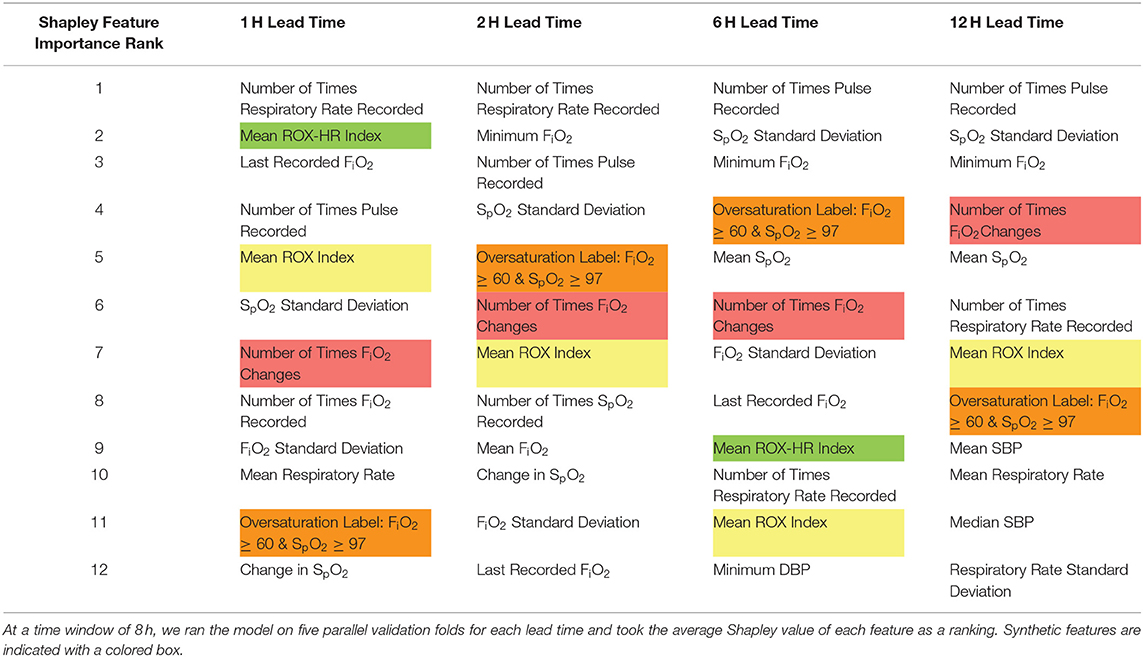
. Micomme high flow nasal cannula device 60A with comfortable design Description High Flow Nasal Cannula HFNC isnt just a standard nasal cannula cranked up to very high flow rates. The HFO devices are described as capable of delivering reliable reproducible and accurate FiO2from 021 to 10 with flows between 20 and 60 Lmin 3 4. Low flow nasal cannulas can only deliver a nasal cannula flow rate of 4-6 liters of oxygen per minute.
Weiler T et al. The Nasal Cannula Size chart Table 1 provides a guideline to help select the appropriate size nasal cannula for your patients 95 Purity. High Flow to 557 LPM 95-99 Therefore the recommended flow rates are about 100 to 200 millimeters per kilo per minute - the same flow rate should be used throughout the anesthetic period Much of this flow is not delivered to the infant.
In normal-PIF-infants the clinically judged flow rate increased PIF p 081 and tidal volume p 029 reduced airway resistance p 011 and intrinsic positive end-expiratory pressure p 041 whereas in both high-PIF and normal-PIF infants it decreased respiratory rate p 001 and indexes of breathing effort such as PTPmin in normal-PIF infants p 004. All settings are controlled independently allowing for greater confidence in the delivery of supplemental oxygen as well as better outcomes when used. Flows or FiO 2 was adjusted as appropriate with a target SpO 2 of 92.
A blend of airoxygen was delivered via nasal cannula with a flow rate of 1-Lkgmin 1 or 2-Lkgmin 1. Standard oxygen sources can deliver from ½ liter per minuteRead More. The purpose of this paper is to analyse the pressure flow and strain rate of upper respiratory tract with.
Search all topics here. Set oxygen flow rate up to 8 Lmin on pediatric tubing up to 60Lmin in adults 10Kg 2 L per kg per minute max flow 60 Lmin start off at 6Lmin and increase up to goal flow rate over a few. The 2009 Parke study looked at the mean nasopharyngeal airway pressure and deemed it to be 27cmH2O with a flow of 35L and the mouth closed.
CVC is slower than 18G IV. A traditional nasal cannula can only effectively provide only up to 4 to 6 liters per minute of supplemental oxygen. Donate to keep EMNote free 使用台灣ATM轉帳捐款 銀行代.
The initial setting was FiO 2 of 100 at a flow rate of 5060Lmin. 2132017 Flow rates of different catheters. The only exception to this rule is the first liter you add 3 consider this a favor done to get you onto numbers divisible by 4.
Thats not the alveolar pressure. The device can be used with neonates pediatric and adult patients. We would obviously do this above room air 21.
The Journal of Pediatrics. The optimal HFNC rate to decrease effort of breathing for children less than 3 years old is between 15 and 2 Lkgmin with the greatest improvement expected in children under 5 kg. Most high flow nasal gas delivery systems max out at 60Lmin flow which probably represents something close to the realistic maximum of a hypoxic patient with respiratory failure.
The Corley study utilized electrical impedance tomography along with a transducer placed nasally that ran down into the esophagus that measured the airway pressure. 5 Inspiratory flow demand is the flow rate at which a patient inhales and when NHF flow rate exceeds the peak inspiratory flow rate all inspired gas is received via the high flow cannula. For the most part just add 4 for each liter of O2.
HFNC parameters were adjusted based on clinical judgment. So this is how it goes. RIC Rapid Infuser Catheter or Trauma Kit How to insert RIC using a 20G IV cannula.
The calculation of nasal cannula FiO2 is rather easy. The Relationship between High Flow Nasal Cannula Flow Rate and Effort of Breathing in Children. High flow nasal cannula oxygen therapy HFNC is a new type of ventilation which is often measured by lung pressure respiratory work and other parameters.
IV cannula and flow rates. This equates to a FiO2 of approximately 037 to 045. FiO 2 was arranged with minimum value to provide SpO 2 with a range of 94 to 99 and the humidifier was autoadjusted at 37C.
Patients were switched to nasal tube for oxygen delivery when the flow is less than 20 Lmin and FiO 2 is less than 30. It actually takes gas and can heat it to 37 with a 100 relative. Hypoxemic critically ill patients do benefit the most of high flow oxygen devices and present with high Minute Ventilation VE and consequently high peak inspiratory flows VI 5.
High-flow nasal cannula HFNC therapy is an oxygen supply system capable of delivering up to 100 humidified and heated oxygen at a flow rate of up to 60 liters per minute. A requirement for therapies purporting to deliver High Flow is to deliver sufficient gas flow to meet or exceed each patients inspiratory flow demand. The mechanical ventilation of human body is a complex human-computer interaction process.
The supply flow rate ranges from 1. The total flow range was 6 to 25 Lmin. Set oxygen flow rate up to 8 Lmin on pediatric tubing up to 60Lmin in adults 10Kg 2 L per kg per minute max flow 60 Lmin start off at 6Lmin and increase up to goal flow rate over a few minutes to allow patient to adjust to high flow.
What is the most liters of oxygen you can have.

Results Of Pulse Volume Measurement And Calculation Of Minute Volume Of Download Scientific Diagram
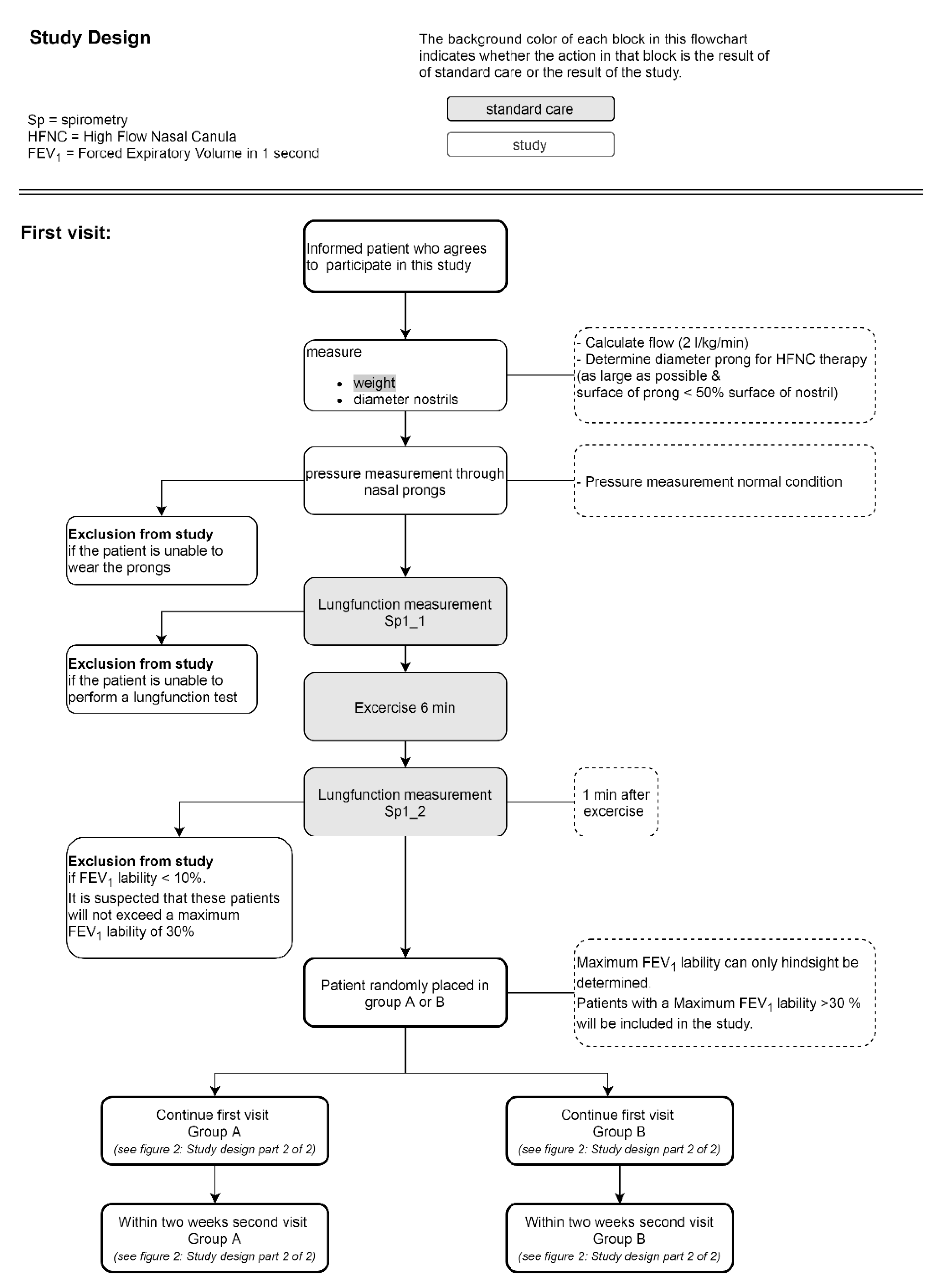
Jor Free Full Text The Effect Of High Flow Nasal Cannula Therapy In Exercised Induced Asthma Of Children Html
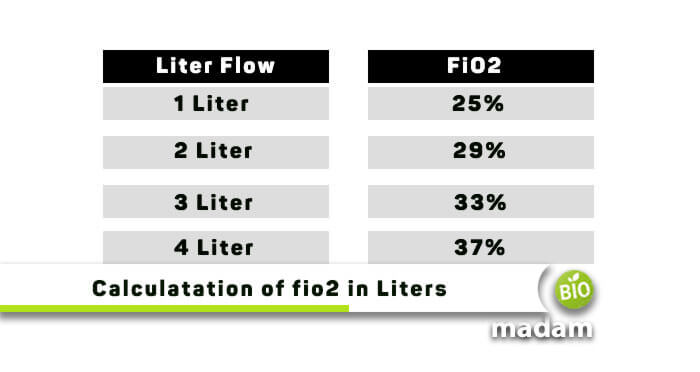
How To Calculate Fio2 From Liters Biomadam

Evidence Based Indications For Humidified High Flow Therapy Download Scientific Diagram

Aerosol Generation In Children Undergoing High Flow Nasal Cannula Therapy Medrxiv
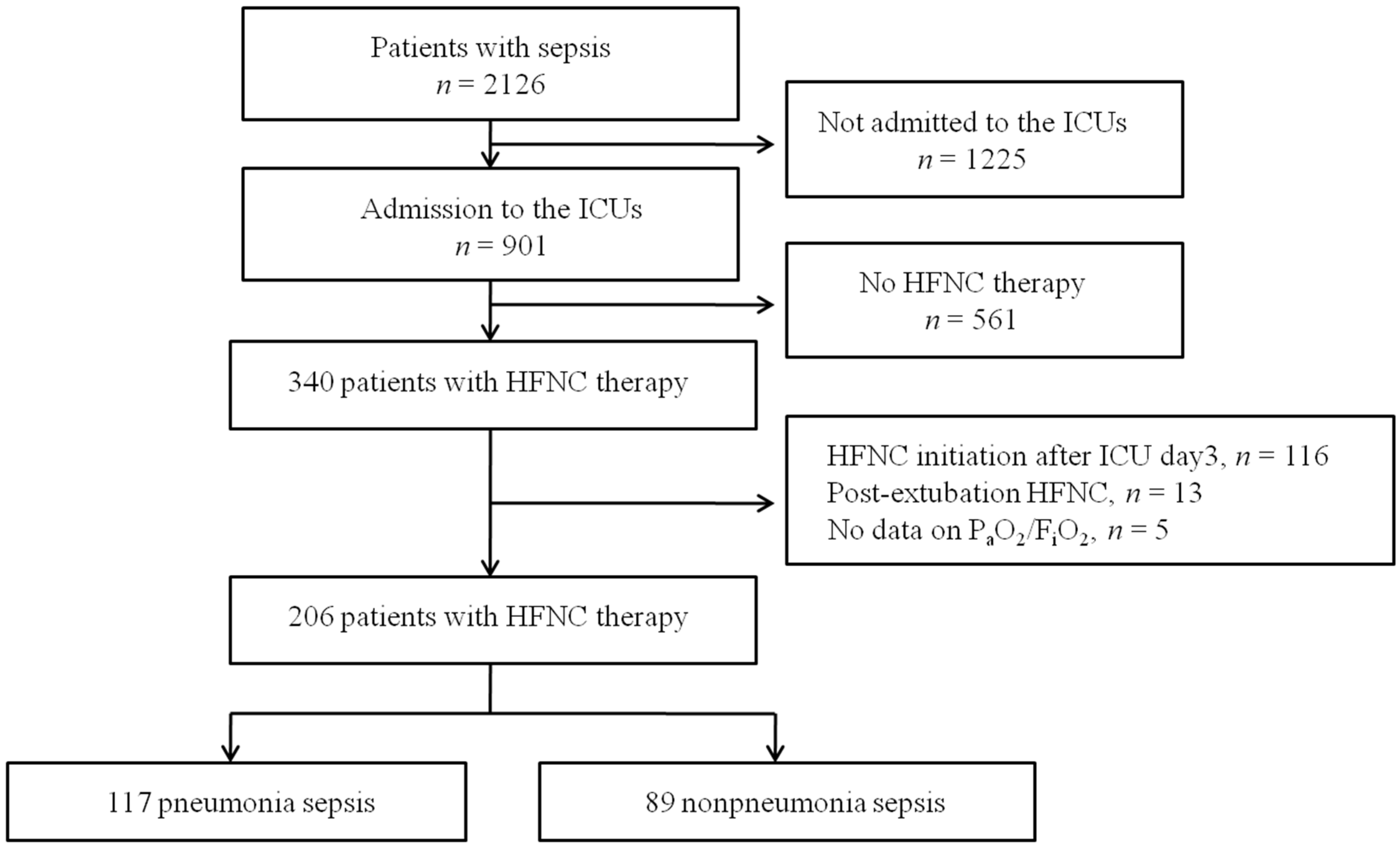
Jcm Free Full Text Failure Of High Flow Nasal Cannula Therapy In Pneumonia And Non Pneumonia Sepsis Patients A Prospective Cohort Study Html
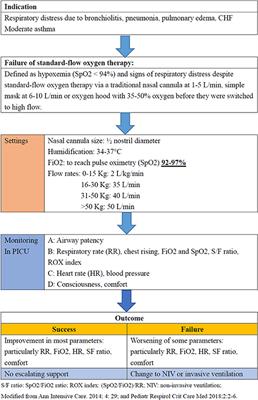
Frontiers High Flow Nasal Cannula Therapy In Children With Acute Respiratory Distress With Hypoxia In A Pediatric Intensive Care Unit A Single Center Experience

High Flow Nasal Oxygen Alone Or Alternating With Non Invasive Ventilation In Critically Ill Immunocompromised Patients With Acute Respiratory Failure A Randomised Controlled Trial The Lancet Respiratory Medicine
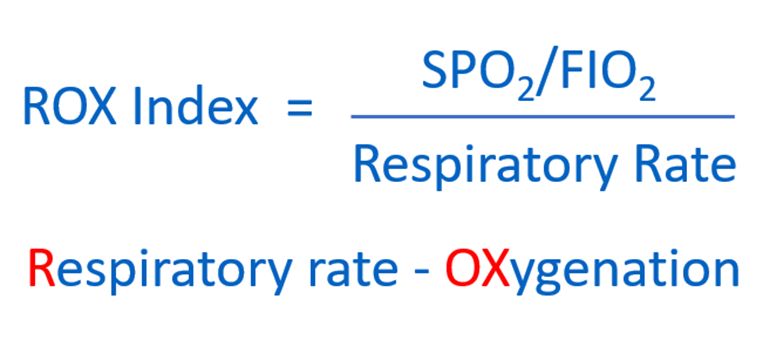
Rox Index All About Cardiovascular System And Disorders

Spo2 Fio2 As A Predictor Of High Flow Nasal Cannula Outcomes In Children With Acute Hypoxemic Respiratory Failure Scientific Reports
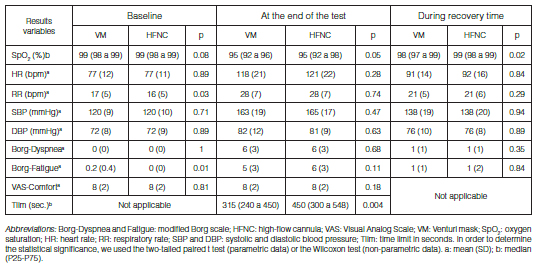
Ramr Volumen 19 Numero 1 La Canula De Alto Flujo Mejora La Capacidad De Ejercicio En Pacientes Con Enfermedad Pulmonar Obstructiva Cronica Ensayo Clinico Aleatorizado Cruzado

Frontiers Predicting Flow Rate Escalation For Pediatric Patients On High Flow Nasal Cannula Using Machine Learning
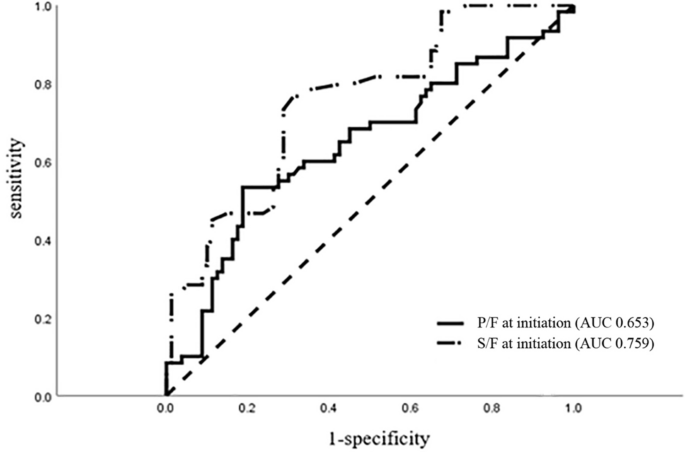
Spo2 Fio2 As A Predictor Of High Flow Nasal Cannula Outcomes In Children With Acute Hypoxemic Respiratory Failure Scientific Reports
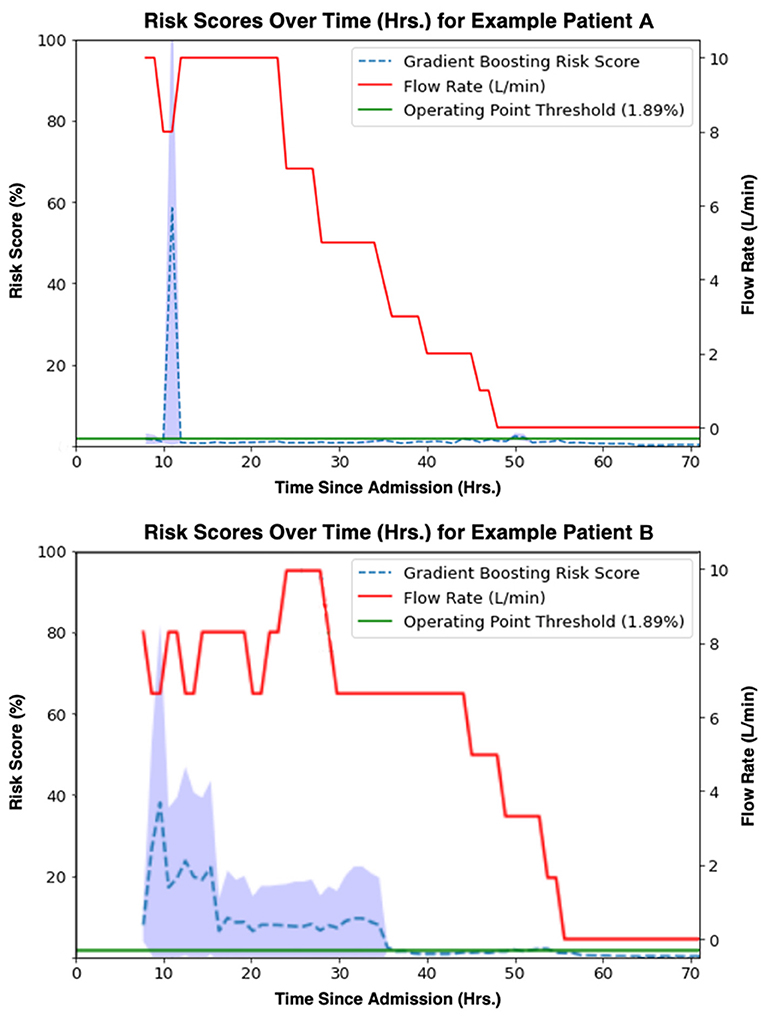
Frontiers Predicting Flow Rate Escalation For Pediatric Patients On High Flow Nasal Cannula Using Machine Learning
